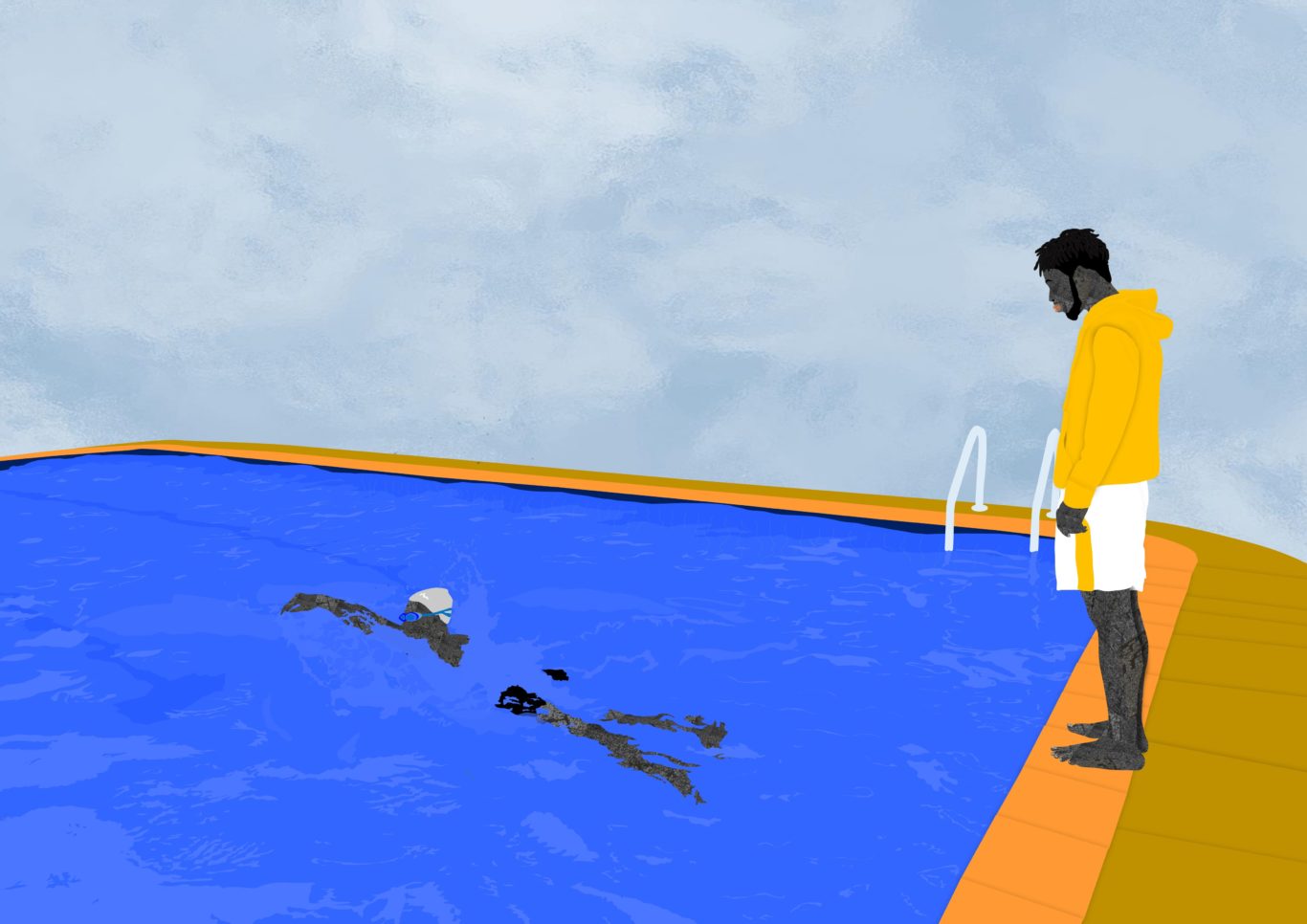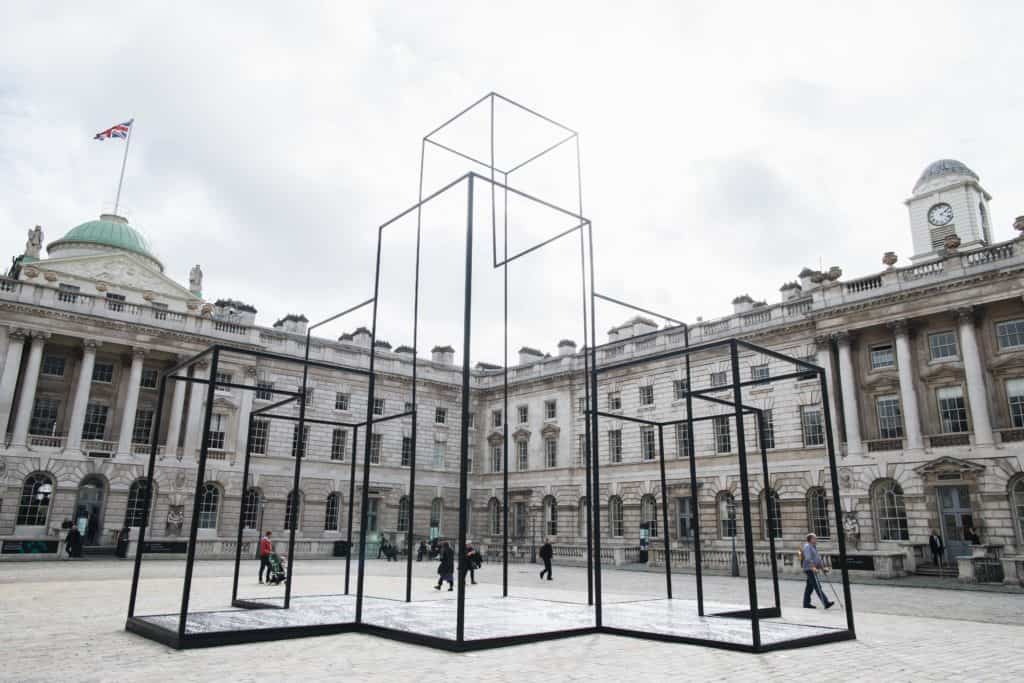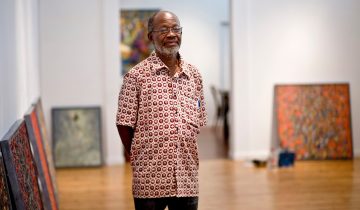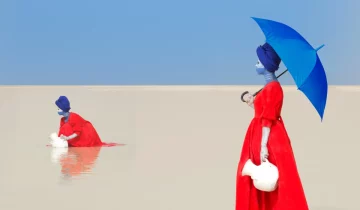Exploring the Intersection of African Art and NFTs
As one navigates the vast and alluring seas of artistic creation, the marriage of traditional African art and the cutting-edge world of Non-Fungible Tokens (NFTs) presents itself as a wondrous fusion, ripe for exploration. For centuries, African art has mesmerized the globe with its diversity, symbolic importance, and cultural richness. Now, in a digital age, the advent of NFTs has further expanded the reach and potential of African art, providing artists with new opportunities and challenges in this burgeoning market.
In this journal, we embark on a journey to unravel the intriguing intersection of African art and NFTs, examining the impact of these digital assets on the rich artistic landscape of the continent. We shall delve into the opportunities and challenges faced by African artists, muse on the future of their art in a digital world, and touch upon the role of various stakeholders in promoting the rise of African art in the realm of NFTs.
Historical Background of African Art
African art, a tapestry woven with the threads of history, tradition, and culture, has long captivated the world. From the ancient sculptures of the Nok civilization to the vivid colors of contemporary paintings, African art has transcended time, adapting and evolving to mirror the changing landscapes of society.
In the past, traditional African art has been intrinsically linked to the very fabric of the communities that created it. Artifacts made from wood, metal, and textiles served not only as aesthetic expressions but also as functional items, imbued with deep cultural and spiritual significance. The global art scene has long been enamored with African art, drawing inspiration from its unique forms, diverse materials, and potent symbolism.
Emergence of NFTs in the Art World
Like a digital supernova, the emergence of NFTs has illuminated the art world with a new kind of radiance. Built on blockchain technology, NFTs have provided artists and collectors alike with a means of owning and transferring unique digital assets. These tokens have given rise to a thriving market, in which digital art has found a new form of validation and recognition.
The allure of NFTs lies in their uniqueness and the indisputable proof of ownership they offer. This has made them particularly attractive to artists and collectors, seeking to capitalize on the unprecedented value propositions they present. As the NFT market has grown, so too has its impact on the world of art, bringing forth a revolution that has seen artists, collectors, and investors flock to this new frontier.
African Art in the NFT Space
As the NFT market blossomed, the vibrant world of African art was not to be left behind. A constellation of African artists, armed with their unique styles, have made their foray into this brave new world, finding success and acclaim in the process.
Take, for instance, the case of Nigerian artist Osinachi, who has taken the NFT world by storm with his striking and thought-provoking digital pieces. His works, which grapple with themes such as identity, culture, and the human experience, have fetched astounding prices at prestigious auctions, such as his sale at Sotheby’s “Natively Digital” auction, where he made history as the first African artist to have an NFT artwork included.
Similarly, South African artist Lady Skollie has been making waves in the digital realm with her vibrant, eye-catching works that explore themes of gender, sexuality, and the female experience. Her entry into the NFT space has allowed her to reach a global audience and gain recognition as an influential voice in the digital art world.
These trailblazing artists have not only found success in their own right but have also acted as beacons, drawing attention to the wealth of talent that lies within the African continent and paving the way for greater representation and visibility of African art in the NFT market.
Opportunities for African Artists through NFTs
The convergence of African art and NFTs has unlocked a treasure trove of opportunities for artists hailing from the continent. The digital realm has provided these creators with an increased exposure and global reach, allowing them to showcase their works to a vast audience of collectors and enthusiasts.
Beyond exposure, NFTs have also offered African artists a chance to monetize their creations and achieve financial independence. The decentralized nature of the NFT market allows artists to retain control over their works, ensuring a fair share of profits from sales and secondary market royalties.
Moreover, the NFT space has fostered a spirit of collaboration and innovation, enabling African artists to forge partnerships with like-minded creators and technology platforms, exploring new ways to express their artistic visions and connect with audiences.
Challenges Faced by African Artists in the NFT Market
Despite the myriad opportunities presented by the NFT market, African artists are not without their challenges. Access to technology and resources remains a barrier for many artists in the continent, impeding their ability to participate in the digital art market and capitalize on its potential.
Intellectual property concerns also loom large, as artists must navigate the complexities of protecting their creations in the digital sphere. Ensuring the authenticity of their works and guarding against unauthorized reproductions is of paramount importance in a market where uniqueness is the currency.
Lastly, as African artists venture into the world of NFTs, striking a balance between cultural preservation and authenticity becomes a delicate act. Artists must grapple with the challenge of maintaining the integrity of their cultural heritage while embracing the innovation and creative freedom offered by the digital realm.
The Role of Stakeholders in Promoting African Art NFTs
The ascent of African art in the NFT market is not an isolated phenomenon, but rather the result of a concerted effort by various stakeholders, each playing their part in nurturing the growth of this artistic revolution.
Governments and policymakers have a crucial role in fostering an environment conducive to the flourishing of African art in the digital domain. By investing in infrastructure, education, and technology, they can help bridge the digital divide and empower artists to explore the potential of NFTs.
Art institutions and galleries, as the traditional bastions of the art world, must also adapt and evolve, recognizing the transformative power of NFTs and supporting African artists in their digital endeavors. By embracing NFTs, these establishments can help elevate African art to new heights and ensure its continued relevance in a rapidly changing world.
Collectors and investors, too, bear a responsibility in the promotion of African art NFTs. Their patronage and advocacy can play a crucial role in driving demand and appreciation for the works of African artists, providing them with the resources and recognition they need to thrive.
Finally, technology companies and platforms must act as partners and enablers, providing African artists with the tools and resources necessary to create, share, and monetize their digital masterpieces.
As we conclude our journey into the fascinating world where African art and NFTs intertwine, we are left with a sense of awe and excitement for the potential that lies within this union. The opportunities and challenges faced by African artists in this burgeoning market serve as a testament to the resilience, creativity, and adaptability of the continent’s artistic spirit.
The future prospects for African art and NFTs are bright, as the market continues to grow and technological advancements make the digital realm ever more accessible. The increasing global appreciation for African art, fueled by the digital revolution, promises a new era of artistic expression and cultural exchange.
It is incumbent upon us, as admirers of art and champions of innovation, to support and celebrate the African artists venturing into the world of NFTs. We must recognize their immense talent and potential, and ensure that they are given the opportunities and resources necessary to flourish in this digital domain. By doing so, we not only contribute to the growth and success of these artists but also help preserve and promote the rich cultural heritage of the African continent.
As we embrace the innovative fusion of African art and NFTs, we must remember the importance of maintaining authenticity and preserving the unique cultural identity that defines this art. By striking a balance between tradition and innovation, African artists can continue to create works that captivate the world and leave an indelible mark on the ever-evolving tapestry of human creativity.
The intersection of African art and NFTs is a testament to the boundless possibilities that emerge when tradition and technology unite. As we stand at the precipice of this exciting new frontier, we can only imagine what marvels await us, as African artists continue to dazzle us with their brilliance in the digital realm.
FAQ – Exploring the Intersection of African Art and NFTs
1. Are NFTs available in Africa?
Yes, NFTs are available in Africa. African artists and collectors can participate in the NFT market by creating, buying, and selling digital assets on various NFT platforms. As the technology infrastructure and internet connectivity improve across the continent, access to NFTs in Africa is becoming more widespread.
2. What is the future of NFT in Africa?
The future of NFTs in Africa is promising, with a growing number of African artists embracing the technology and gaining recognition in the global NFT market. As digital infrastructure, internet connectivity, and access to resources improve, the NFT market in Africa is expected to flourish, providing new opportunities for artists, collectors, and investors. The future will likely see more African artists achieving success in the NFT space, and a greater appreciation of African art in the global digital art market.
3. Who is the top African NFT artist?
While it is difficult to single out a top African NFT artist, Nigerian artist Osinachi is one of the most notable names in the space. He has gained international acclaim and has made history as the first African artist to have an NFT artwork included in Sotheby’s “Natively Digital” auction. Other prominent African NFT artists include South African artist Lady Skollie, whose vibrant and thought-provoking works have garnered attention in the digital art world.
4. When was NFT introduced in Africa?
Although it is difficult to pinpoint the exact date when NFTs were first introduced in Africa, the technology has gained traction in the continent over the past few years, particularly from 2020 onwards. As the global NFT market began to gain momentum, African artists started exploring the potential of NFTs and began to make their mark in the space. Since then, the NFT market in Africa has grown steadily, with more artists, collectors, and investors participating in this digital revolution.





 No products in the basket.
No products in the basket.